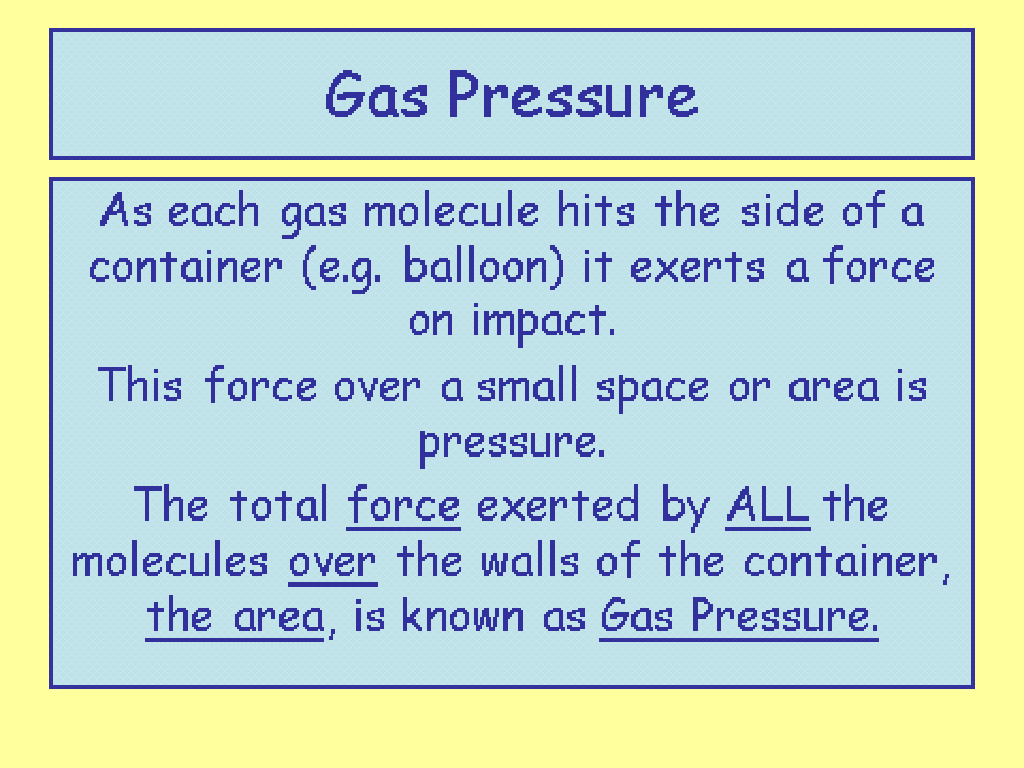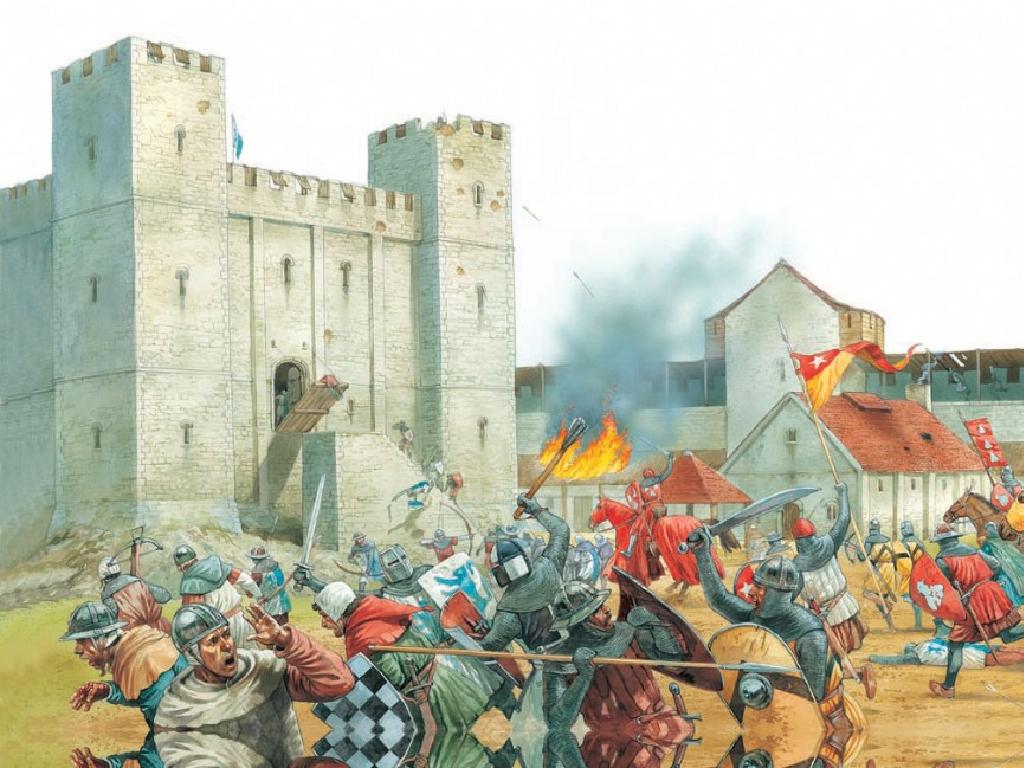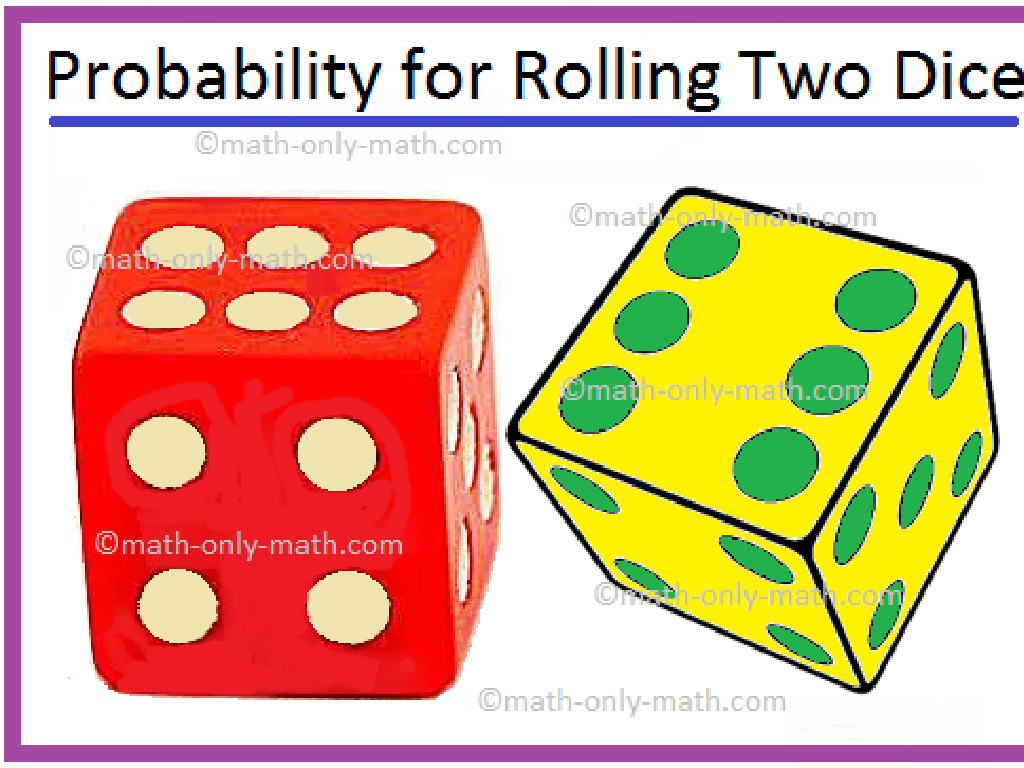Compare Passages For Tone
Subject: Language arts
Grade: Seventh grade
Topic: Author'S Purpose And Tone
Please LOG IN to download the presentation. Access is available to registered users only.
View More Content
Exploring Author’s Purpose and Tone
– Understanding author’s purpose
– Why did the author write this? To inform, entertain, persuade, or express feelings.
– Exploring tone in writing
– Tone is the author’s attitude towards the subject, conveyed through word choice and style.
– Tone influences meaning
– The same words can mean different things depending on tone. It sets the mood for the reader.
– Preview: Comparing tones
– We’ll learn how to identify and compare the tone between different texts.
|
This slide introduces the concept of author’s purpose and tone, which are crucial for understanding and interpreting texts. Start by discussing the reasons why authors write and how their purpose affects the text. Then, delve into the concept of tone, explaining that it’s the author’s attitude or feeling towards the subject, which can be detected through their choice of words and writing style. Emphasize how tone can change the meaning of words and set the mood for the reader. Conclude by previewing the upcoming activity where students will practice comparing the tone of different passages, enhancing their analytical reading skills.
Understanding Author’s Purpose
– Reasons authors write: PIEE
– Persuade, Inform, Entertain, Explain
– Examples of author’s purposes
– Persuasive essay vs. informative article
– Purpose’s effect on tone
– A serious tone to persuade vs. a lighthearted tone to entertain
– Word choice and purpose
– Emotional words to persuade; factual words to inform
|
This slide introduces the concept of an author’s purpose, which is the reason why they write. The acronym PIEE stands for Persuade, Inform, Entertain, and Explain, which are the main purposes of writing. Provide examples such as persuasive essays to persuade, informative articles to inform, novels or jokes to entertain, and how-to guides to explain. Discuss how an author’s purpose influences the tone of the passage; for instance, a persuasive text may have a serious and urgent tone, while a text meant to entertain might be more lighthearted and playful. Highlight how word choice is also affected by the author’s purpose, with persuasive texts using emotional or strong language to convince the reader, and informative texts using precise and factual language. Encourage students to think of their own examples and consider the author’s purpose when reading different texts.
Identifying Tone in Literature
– Understanding author’s tone
– Tone reflects the author’s feelings about the subject matter.
– Tone-defining vocabulary
– Words like ‘joyful’ or ‘serious’ hint at the tone.
– Read aloud for tone awareness
– Hearing the words can help identify the tone.
– Tone’s impact on comprehension
– Recognizing tone improves understanding of the text.
|
This slide aims to teach students how to identify the tone of a passage, which is crucial for understanding the author’s intent and the emotional context of the text. Tone can be detected through specific word choices and the feelings they evoke. Encourage students to expand their vocabulary with words that describe tone and practice reading passages aloud to better sense the tone. Discuss how tone can change the meaning of a text and how it affects the reader’s perception. Provide examples of texts with different tones and have students identify the tone and the words that helped them recognize it.
Tone vs. Mood: Understanding the Difference
– Tone: Author’s attitude
– Tone is conveyed through word choice, viewpoint, and syntax.
– Mood: Reader’s feelings
– Mood is the emotional response evoked in the reader.
– Examples from known texts
– ‘The Great Gatsby’ shows a nostalgic tone, creating a wistful mood.
– Activity: Identify tone and mood
– Analyze a passage to determine the author’s tone and the mood it creates.
|
This slide aims to differentiate between tone and mood, which are often confused. Tone refers to the author’s attitude towards the subject, which can be detected through their choice of words and the style of writing. Mood, on the other hand, is the feeling the reader gets from reading those words. Provide examples from texts the students are familiar with to illustrate the concepts. For the activity, select a passage that clearly demonstrates both tone and mood. Guide students to look for descriptive words, imagery, and dialogue that reveal the tone and mood. Encourage discussion about how different words can change the tone and mood of a passage. This will help students in analyzing literature and understanding the author’s intent as well as their own reactions to the text.
Comparing Passages for Tone
– Identifying tone differences
– Tone reflects the author’s attitude. Notice if it’s serious, humorous, or ironic.
– Analyze word choice & structure
– Words and how they’re arranged can change the tone. Is it formal, casual, complex, or simple?
– Group activity on tone comparison
– In groups, discuss how tone differs between two passages and why.
|
This slide introduces students to the concept of tone in writing and how it can differ between passages. Tone is the author’s attitude towards the subject, which can be detected through the choice of words and sentence structure. Encourage students to think about how certain words make them feel and how sentences are put together to convey a particular tone. For the group activity, provide two contrasting passages and guide the students to discuss the tone of each. Ask them to consider why the author might have chosen a particular tone for each passage. Possible activities include comparing a humorous and a serious passage, or a formal and an informal text. This will help students understand that tone is a deliberate choice that contributes to the purpose of the text.
Practice Time: Analyzing Tone in Passages
– Read two distinct passages individually
– List descriptive tone words for each
– Words like ‘joyful’, ‘gloomy’, ‘sarcastic’, etc.
– Write a paragraph on each passage’s tone
– Explain how the tone words apply to the passages
– Reflect on how tone influences meaning
– Consider how the tone affects your perception of the text
|
This slide is designed for a class activity focused on understanding the tone of different passages. Students will individually read two provided passages and use their analytical skills to discern the tone of each. They will list adjectives that describe the tone, such as ‘humorous’, ‘serious’, or ‘melancholic’. Then, they will write a short paragraph for each passage, explaining how the tone is conveyed through word choice, sentence structure, and content. This exercise will help students understand how an author’s tone can shape the reader’s experience and the message of the text. As a teacher, be prepared to provide guidance on identifying tone and offer examples of tone words. After the activity, facilitate a discussion where students can share their insights and learn from each other’s analyses.
Class Activity: Tone Role-Play
– Pair up for tone role-play
– Receive a scenario with assigned tones
– Scenarios may include joy, sadness, excitement, or anger
– Act out the scenario in pairs
– Use voice, facial expressions, and gestures to convey tone
– Class guesses the tone displayed
– Engage in active listening and observation to guess correctly
|
This activity is designed to help students understand the concept of tone in literature by bringing it to life through role-play. Each pair will be given a scenario that they will act out, using their assigned tone. It’s important to instruct students to use expressive voice modulation, appropriate facial expressions, and body language to effectively convey the tone. After each role-play, the rest of the class will try to guess the tone based on the performance. This interactive activity not only makes learning about tone fun but also enhances students’ interpretive skills and their ability to express different emotions. Possible scenarios can include receiving a gift, losing a game, getting surprised, or overcoming a challenge. Encourage students to be creative and respectful during their performances.
Reflection on Author’s Tone
– Importance of understanding tone
– Tone conveys the author’s attitude and purpose
– Tone recognition aids comprehension
– Recognizing tone deepens understanding of the text
– Sharing insights on tone comparison
– Reflect on how tone comparison has enhanced your reading
|
This slide aims to encourage students to reflect on the significance of an author’s tone in literature. Understanding the tone helps readers grasp the underlying emotions and intentions behind a text, which is crucial for interpreting the message accurately. By recognizing the tone, students can better engage with the text and improve their overall reading comprehension. During the discussion, prompt students to share their experiences and realizations about how comparing tones in different passages has affected their interpretation of the texts. This will help consolidate their learning and appreciate the nuances of literary expression.
Homework: Tone Comparison in Articles
– Find two articles, same topic
– Analyze the different tones
– Tone reflects the author’s attitude
– Write a comparative analysis
– Compare word choice, style, and emotion
– Get ready for class discussion
|
This assignment is designed to help students recognize how tone can vary between texts even when the topic is the same. Students should look for articles on a topic they find interesting to keep them engaged. Instruct them to pay close attention to the author’s choice of words, sentence structure, and any emotional cues that might indicate the tone. Is it serious, humorous, sarcastic, or passionate? They should write a brief analysis comparing these elements between the two articles. Encourage them to bring their written analysis to the next class for a discussion, where they will explain how the tone of each article affects the reader’s perception of the topic.






